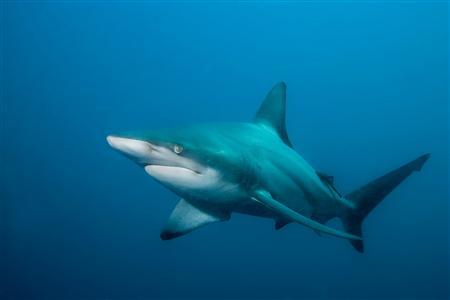Shark deterrent and detection technologies to keep Australian seas safe

People who worry that their next beach trip to Australia might lead them to an encounter with a dangerous shark need not be concerned anymore. That is because Australia is now using the latest shark detection and deterrent technology to keep the seas safe.
With Australia holding the record for the highest number of shark attacks all over the world, scientists and researchers met last Tuesday in Sydney to address this issue.
Shark experts in Australia will be trying out shark deterrent technologies which include electrical barriers that can be powered by energy coming from waves, as well as personal gadgets that surfers and swimmers can wear.
"Shark Shield" is an example of this wearable technology that can deter attacks from sharks. It is made up of two electrodes that when submerged in water, creates an electronic field around the user by emitting low-frequency, three dimensional electronic field. This does not do any harm to the shark except a high level of discomfort making it stay away from its target.
When it comes to shark detection technologies, a smart drumline is said to be reviewed where sharks are removed from hooks before they die and a device using sonar technology called "Clever Buoy" that can detect shark-sized objects.
According to the "Clever Buoy" website, it works by using state of the art sonar imaging technology that is planted on the seabed to give accurate, real-time data capture. It is said to be powered by a custom-designed rechargeable battery that gives power to the sonar, onboard data analysis, and transmission.
The "Clever Buoy" analyses sonar signature data through its onboard, self-contained processor. The data gathered is then transferred using a two-way Inmarsat IsatData Pro satellite service capable of managing moving and steady objects remotely anywhere in the world. "Clever Buoy" also networked with Optus to make response to alerts faster.
With these devices in place, surfers and swimmers in Australia or anywhere in the world where it is used, can now rest easy knowing that they are kept safe by these shark deterrent and detection technologies.











